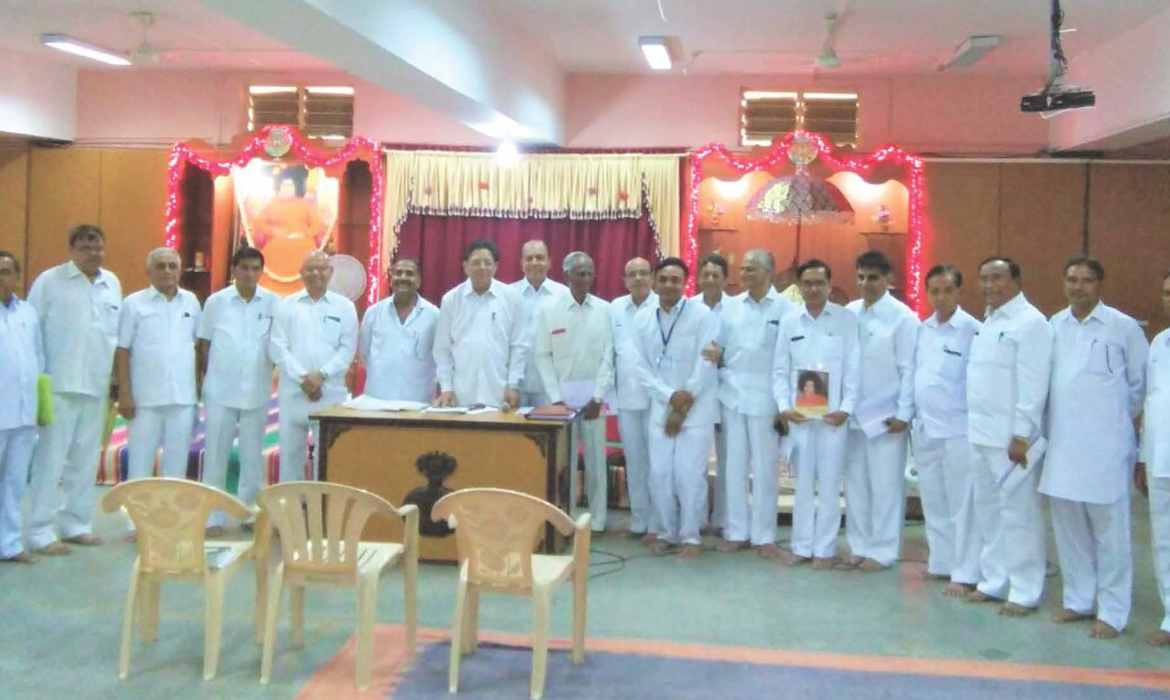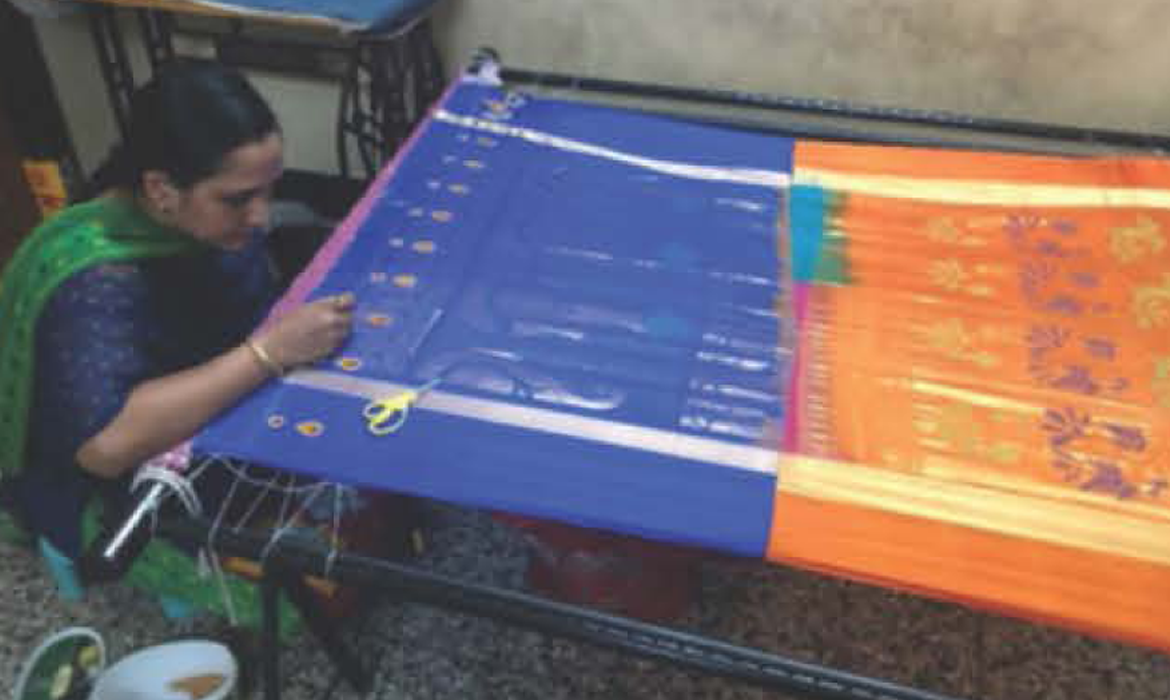Introduction
Fulfilling the Urgent Need of Training and Employability of India's Youth
Sri Sathya Sai Vocational Training Centres in rural as well as urban areas of India are part of a suite of flagship programmes implemented by the Sri Sathya Sai Seva Organisations (SSSSO} India, that focus on a mission of nation building, serving the needy and enhancing the quality of lives of our citizens.
Recognizing the need for widespread vocational training programmes to improve employability of youth, and the need for market-driven localized skill building programmes, the Sri Sathya Sai Vocational Training Centres were formally established in 2014 for the benefit of young men and women in various parts

of India. By 2020, more
than 169 Vocational Training
Centres (VTCs) and Rural
Vocational Training Centres
(RVTCs) were operational
across India. These centres
offer a wide variety of skills
including electrical, plumbing
and mechanical skills,
tailoring and associated
skills like fashion design,
home, kitchen and
agri-based skills and, more
recently, computer classes.
Other skills such as spoken
English are also offered in
some centres.
The training programmes vary in duration from a few days to over six months and cater
to trainees from a vast number of villages and small towns in the vicinity of the Centres.
Many of the Centres are run by volunteer trainers, often at the premises of the Sri Sathya Sai
Seva Samitis. A few Centres are run in collaboration with corporations such as the TVS
Group to train rural youth so that they can pursue employment or their own enterprises
(self-employment). In the last six years of the Vocational Training Mission, the 169 VTCs and
RVTCs in 17 states across India have trained over 30,000 youth across 40 skill programmes.
The Challenge of Vocational Training and Employability in India
As per the National Policy for Skill Development and Entrepreneurship, 2015, 62% of India’s
population is in the working age group ( 15-59 years) and more than 54% of the total population
is below 25 years of age. Almost 92% of the population is employed in the informal sector.
Lack of formal skill training leads to young workers entering the informal sector at low-level,
low-skill, slow-growth, low-pay jobs without benefits and social security.
The Government of India has launched many schemes to provide skilling opportunities for our
workforce and help them join mainstream employment. As of November 2019, there were
more than 15,000 Industrial Training Institutes {ITI) affiliated with the National Council of Vocational
Training, Ministry for Skill Development and Entrepreneurship. Of these, about 2,200 were
run by the government while the rest were privately run and accredited by the government.
More recently, the Pradhan Mantri Kaushal Vikas Yojana (PMKVY) is the flagship scheme of the
Ministry of Skill Development and Entrepreneurship. This scheme is being implemented through
the National Skill Development Corporation (NSDC) and its training partners. This skill certification
scheme aims at helping Indian youth to take up industry-relevant skill training. Under this
programme, skill training would be based on demand and skill gap studies conducted by
NSDC. The 2017-18 budget had extended the coverage of this scheme to more than 600
districts from the earlier coverage of just 60 districts. The scheme aimed at benefitting around
one crore youth by 2020 at an allocated budget of ~12,000 crores.
By providing skills that can be put to use in rural areas as well- such as mobile and two-wheeler
repairs, pump-set repairs, electrical and plumbing works, youth are provided multiple pathways
through which they can earn steady incomes round the year and provide services that
are usually hard to come by in under-served rural areas.
Sri Sathya Sai Vocational Training Mission: Implementation Models
The Sri Sathya Sai Seva Organisations (SSSSO) were founded by Sri Sathya Sai Baba in 1965.
Right from their inception, Baba’s clarion call has been for members to embrace the
Service mission of the Organizations. He urged members of SSSSO to go to villages, find out
their problems, and help alleviate their sufferings. The three wings of SSSSO are Spiritual,
Education and Service.
The Service Wing of Sri Sathya Sai Seva Organisations (SSSSO) works across a wide spectrum
of activities in villages, slums, hospitals, orphanages, disaster relief, feeding the poor and,
employment training activities for youth. Continuing the emphasis on Service, the 197 4 All
India Conference of SSSSO resolved to start VTCs for women in all the states. Over the following
three decades, several state units of SSSSO started such technical/vocational training for
young men and women. These initiatives gained further momentum and focus in 2014,
when the state units were encouraged to expand the vocational training programmes with
the objective of empowering the rural masses with employable skills. Three different models
have been deployed in running the VTCs by SSSSO. These have been featured here with
examples of four Vocational Training Centres in different states.









































